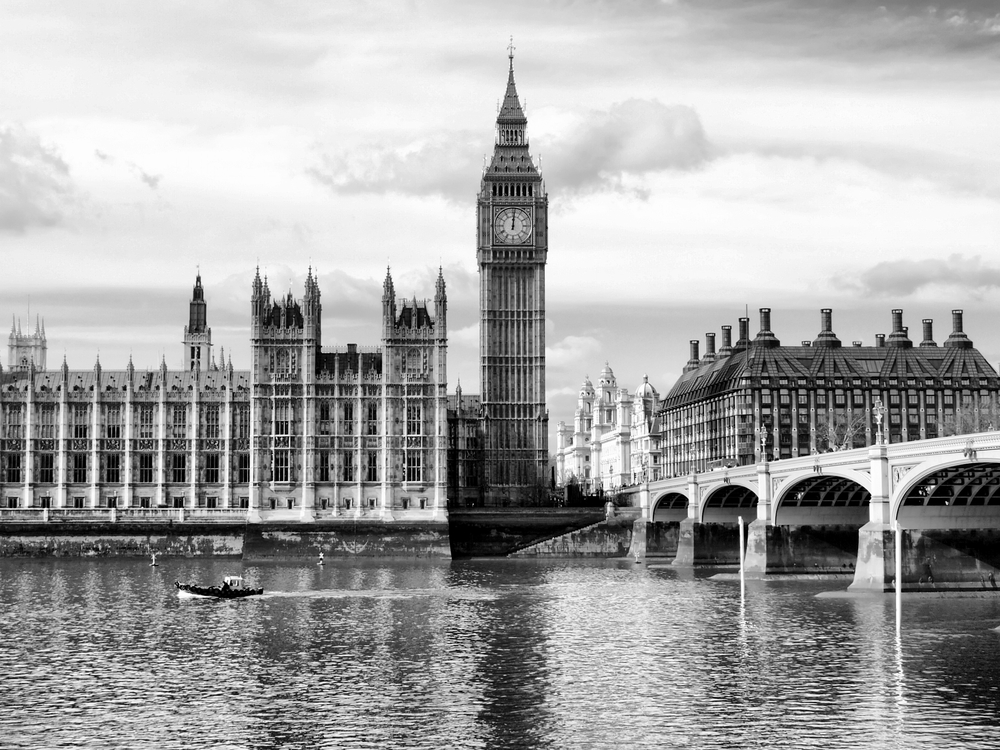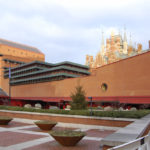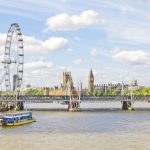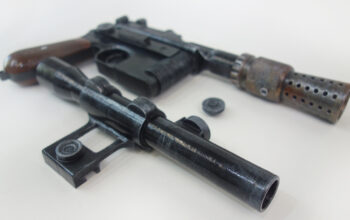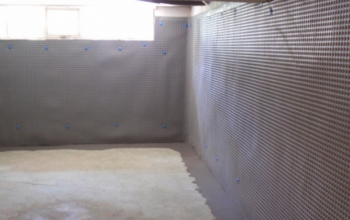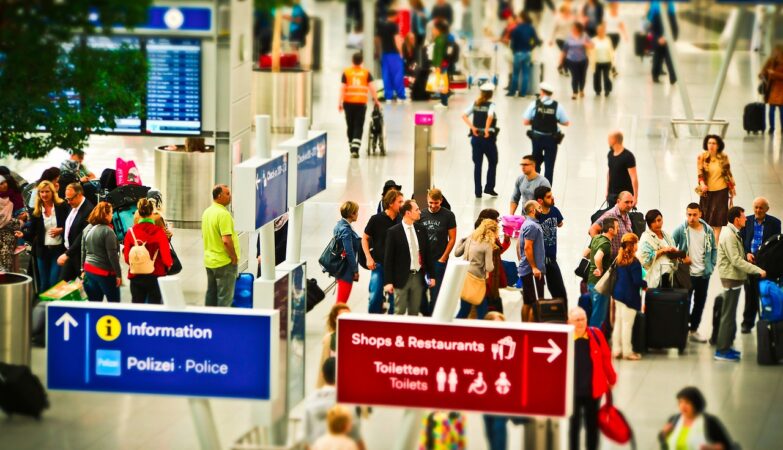Not many people outside Britain are aware that the city of London has ancient Roman links. In fact the city was founded by the Romans nearly two millennia ago. Although, Londinium (as it was known then) only flourished for about two decades, until Boudica razed the city to the ground. The attack was so brutal that the debris from the consequent fire is still to be found in archaeological records to date. Like a Phoenix from the ashes a new and much stronger city arose to take its place. While Londinium may have been consigned to the history books, there are plenty of remnants of this brief but rich Roman heritage to be found in modern day London. If you are a history buff then this is the place to visit on your next holiday!
The choice of location you plan to stay plays a crucial role in having a memorable holiday. There are plenty of fine hotels near Paddington station in the centre of the city that are perfect to stay at.
One of the biggest benefits of staying at a Paddington court Accommodation is the excellent connectivity to all parts of the city as well as its famous tourist spots.
If you are looking to stay in comfort without having to spend extravagantly then the Paddington Court London Hotel would be just the place. With superb customer service, top notch facilities and elegant ambience it would be a cosy place to call home, while on holiday in London. Some of the top Roman sites worth exploring in the city are:
The Square Mile area: Londinium, as it existed then was ensconced within a set of massive walls that defended the city from invaders. These are contiguous with what we know as the present day Square Mile, although it did not le so far to the west. During the medieval period the walls were modified for better protection and a number of those sections are still visible. There are also plenty of Roman architectural relics that can be seen within the basements of London.
Go along the Wall: Visitors can still catch glimpses of the ancient Roman wall at a clutch of sites all over London. There is a single section that runs along the modern periphery of the Square Mile. You will find this on Tower Hill along with a 20th century statue, which is allegedly that of Emperor Trajan. This claim is in dispute as the Museum of London states that the statue was found in a Southampton reclamation yard in the 1920s. And to cap it all the head and the torso are mismatched! The Wall moves further north, which visitors can access through the courtyard of a hotel on Cooper’s Row. Although you will only find a single section of the wall it is well worth a visit. With detailed signage that describes the Wall’s history and you can even pass under the wall through an arch that is to be found on the left.
You will find other sections along an area termed as the thoroughfare of London Wall that lies in the direction of the Museum of London. The portions here formerly were part of a large Roman fort that once existed in Londinium’s north-west area. There is a great deal to sightsee in the place along with relics in the Barbican’s gardens and structures further up on Noble Street. To get an amazing view visit the Roman Gallery at the Museum of London. Besides this there are numerous artefacts from Roman times, and is a must see for history lovers who are keen to know more about the origins of the city of London.
You will see sections of the wall on display with other relics to be found in a number of basements all over the city. A great relic not to miss is an old fort gate that is to be found protected in a car park close to the Museum of London. There are regular tours for visitors as well as an Open House weekend. Another interesting fragment is to be found in the subterranean quarters of the Old Bailey, as well as several office blocks along its periphery. However, visitors need to get special permission before they visit the site. There also exists a section of the wall in the Tower of London, which can be visited after paying an admission fee.
Other spots
Probably the finest relics of Roman times are to be found within the basement of the Guildhall Art Gallery. It has been considered by historians that ancient Londinium probably housed a sort of sporting arena. This discovery was made relatively late in the eighties, when the gallery was under construction. The relics can be seen in a permanent exhibition with no admission fee, if you visit in the gallery’s opening hours. A good vantage point is Guildhall Yard from which you can see the remains of the amphitheatre with its borders delineated in grey.
There also are three churches in the city with substantial Roman remains. These include St Bride’s that houses a splendid Roman pavement in its crypt. All Hallows has a marvellously tessellated floor of a house of that period, apart from an impressive model of Londinium. At St Magnus the Martyr, there is a timber that probably came from the Roman Bridge that existed over the Thames River in Roman times. One of the great post war Roman discoveries was The Temple of Mithras, which was moved to Cannon Street and is touted as one of the city’s most prominent Roman remains. The temple is to be returned to its original location within some years.
Beneath the Lower Thames Street office block are the remains of a Roman Villa and a bath house. It is accessible during the Open House weekend. Another great place to explore and admire a fine collection of Roman artefacts is at the British Museum. There are hundreds of objects on exhibit that include several from Londinium.
Related Posts


